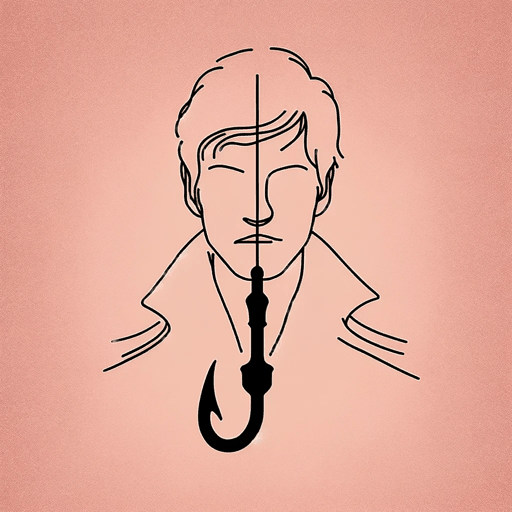49 pages • 1 hour read
Christina HenryLost Boy: The True Story of Captain Hook
Fiction | Novel | Adult | Published in 2017A modern alternative to SparkNotes and CliffsNotes, SuperSummary offers high-quality Study Guides with detailed chapter summaries and analysis of major themes, characters, and more.
Themes
The Tension Between Childhood and Adulthood
Content Warning: This section features descriptions of graphic violence, murder, child death, and abusive relationships.
Many iterations of Peter Pan focus on the philosophical significance of childhood and adulthood by placing the two states in direct opposition to one another and vilifying the latter. In most versions, childhood is portrayed as a realm of innocence and play that is blissfully free of the complexities of adulthood, including the joyful yet confusing experience of falling in love. In Lost Boy, however, both childhood and adulthood harbor a myriad of horrors. When Jamie leaves childhood behind by physically aging and developing romantic feelings for Sal, he actually hopes to escape the violence and pain that have been hallmarks of his long childhood. Likewise, Peter’s desire to remain a child initially seems playful, but it actually springs from dark and dangerous urges, for his youth is paid for by the blood of his friends. Jamie hopes that by growing up, he can live a peaceful life and step more fully into the parental role that he already occupies on the island.
At the end of the story, Jamie does escape childhood, but he does not reach normal adulthood. He no longer believes that the island is a place of endless play and joy, but he is equally barred from finding an adult life in the Other Place.

